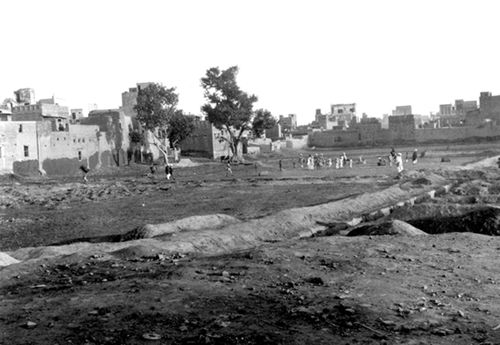The Jallianwala Bagh massacre, also known as the Amritsar massacre, took place on this day in 1919, when Anglo-Indian Brigadier R. E. H. Dyer, with his Gurkha British Indian army unit, Sindh Sikh regiment and 52nd Sikh regiment, surrounded a group peacefully protesting against the arrest of pro-Indian independence leaders Dr. Saifuddin Kitchlew and Dr. Satya Pal at the Jallianwala Bagh in Amritsar, Punjab. The Jallianwala Bagh could only be exited on one side, as its other three sides were enclosed by buildings. After blocking the exit with his troops, Dyer ordered them to shoot at the crowd, continuing to fire even as the protestors tried to flee. The troops kept on firing until their ammunition was exhausted. Estimates of those killed vary between 379 and 1500+ people and over 1,200 other people were injured, 192 of them seriously.
The level of casual brutality, and lack of any accountability, stunned the entire nation, resulting in a wrenching loss of faith of the general Indian public in the intentions of the United Kingdom. The ineffective inquiry, together with the initial accolades for Dyer, fuelled great widespread anger against the British among the Indian populace, leading to the non-cooperation movement of 1920–22. Some historians consider the episode a decisive step towards the end of British rule in India.
Britain has never formally apologized for the massacre but expressed “deep regret” in 2019.
-Wikipedia
Photo Caption – The Jallianwalla Bagh in 1919, months after the massacre –Wikipedia


